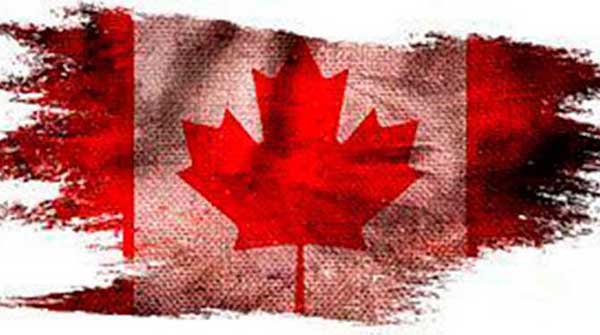Canadians are grappling with their identity amidst residential school allegations and the disrespect Trudeau has shown toward our Canadian flag
 Over the past two years, Canada has witnessed a significant shift in its relationship with the iconic Canadian flag, Known as the Maple Leaf flag since its adoption by the House of Commons in 1965, the Canadian flag has proudly represented our nation and become a recognizable symbol.
Over the past two years, Canada has witnessed a significant shift in its relationship with the iconic Canadian flag, Known as the Maple Leaf flag since its adoption by the House of Commons in 1965, the Canadian flag has proudly represented our nation and become a recognizable symbol.
During the Vietnam War, for example, young Canadian travellers would affix the Maple Leaf flag on their backpacks to avoid being mistaken for Americans. Some Americans did the same thing.
However, in 2021, Canadians’ universal admiration for their national flag took a sharp turn. On May 26 of that year, distressing news emerged when the Tk’emlups te Secwepemc First Nation revealed that a ground-penetrating radar search had uncovered at least 200 suspected graves at the Kamloops Indian Residential School in British Columbia.
 |
| Related Stories |
| Why Canada should be celebrated, not trashed
|
| Why I chose to celebrate Canada Day
|
| We can celebrate Canada without worshiping or denouncing it
|
Canada had only recently confronted the troubling legacy of the Indian Residential School (IRS) system through the Truth and Reconciliation Commission (TRC) hearings held from 2008 to 2015. The TRC documented the historical impact of these residential schools on Indigenous students and their communities, going so far as to describe it as “cultural genocide” but stopping short of concluding there was genocide. The subtle distinction between cultural genocide and genocide seemed to elude many Canadians.
Hymie Rubenstein, a retired professor of anthropology and Rodney Clifton, a former residential school employee in the 1960s, authored an op-editorial in 2015 questioning the truthfulness of the TRC report. While acknowledging the harm caused, they concluded that the report told “a skewed and partial story,” overlooking positive stories associated with the schools. However, their dissenting voices were overshadowed by the overwhelming global outrage.
Eight years later, following reports of the graves in Kamloops, the Trudeau government lowered the Canadian flag to half-mast for over five months. Fortunately, the flag was raised after Remembrance Day. This extended period of mourning raises important questions: When is it appropriate to lower the Canadian flag? When should it be raised again? And for how long should it be lowered?
A year after the reports of suspected mass graves, Terry Glavin in the National Post reported that “not a single mass grave was discovered in Canada last year. The several sites of unmarked graves that captured international headlines were either already-known cemeteries, or they remain sites of speculation even now, unverified as genuine grave sites. Not a single child among the 3,201 children on the Truth and Reconciliation Commission’s 2015 registry of residential school deaths was located in any of these places. In none of these places were any human remains unearthed.”
It is essential that Canadians, rightfully concerned about these news stories, clearly understand the veracity of these allegations. Skepticism about their accuracy is growing both within Canada and internationally. Should Canadians accept that their nation is genocidal? And if so, how can they criticize other countries, such as China, for alleged genocidal acts against the Uighurs and Turkic Muslims?
In late May 2023, former Newfoundland and Labrador premier Brian Peckford, expressing concern that the Canadian government is eroding our sovereignty, emphasized the need for a shared heritage, geography, history, and culture that bind us together as one country, and stressed the sanctity of that nation.
However, recent events, such as Prime Minister Justin Trudeau replacing the Canadian flags outside his office with the Pride flag and designating June to September 2023 as “Pride Season,” and Vancouver cancelling July 1 fireworks and shifting the name of our national holiday from Canada Day to Canada Together, have raised questions about the hierarchy of symbols and the significance given to the Canadian flag.
Our national flag should not be treated as interchangeable with others. The government has a responsibility to remind us why we should stand on guard for Canada, for the flag, and for each other.
Ray McGinnis is a senior fellow at Frontier Centre for Public Policy and author of Unanswered Questions and Writing the Sacred. Earlier in his career, Ray was a program staff in education for the United Church of Canada, serving in several congregations and at the denomination’s national office (1986-95). He attended the Commission hearings in mid-November and lives in Vancouver.
For interview requests, click here.
The opinions expressed by our columnists and contributors are theirs alone and do not inherently or expressly reflect the views of our publication.
© Troy Media
Troy Media is an editorial content provider to media outlets and its own hosted community news outlets across Canada.
